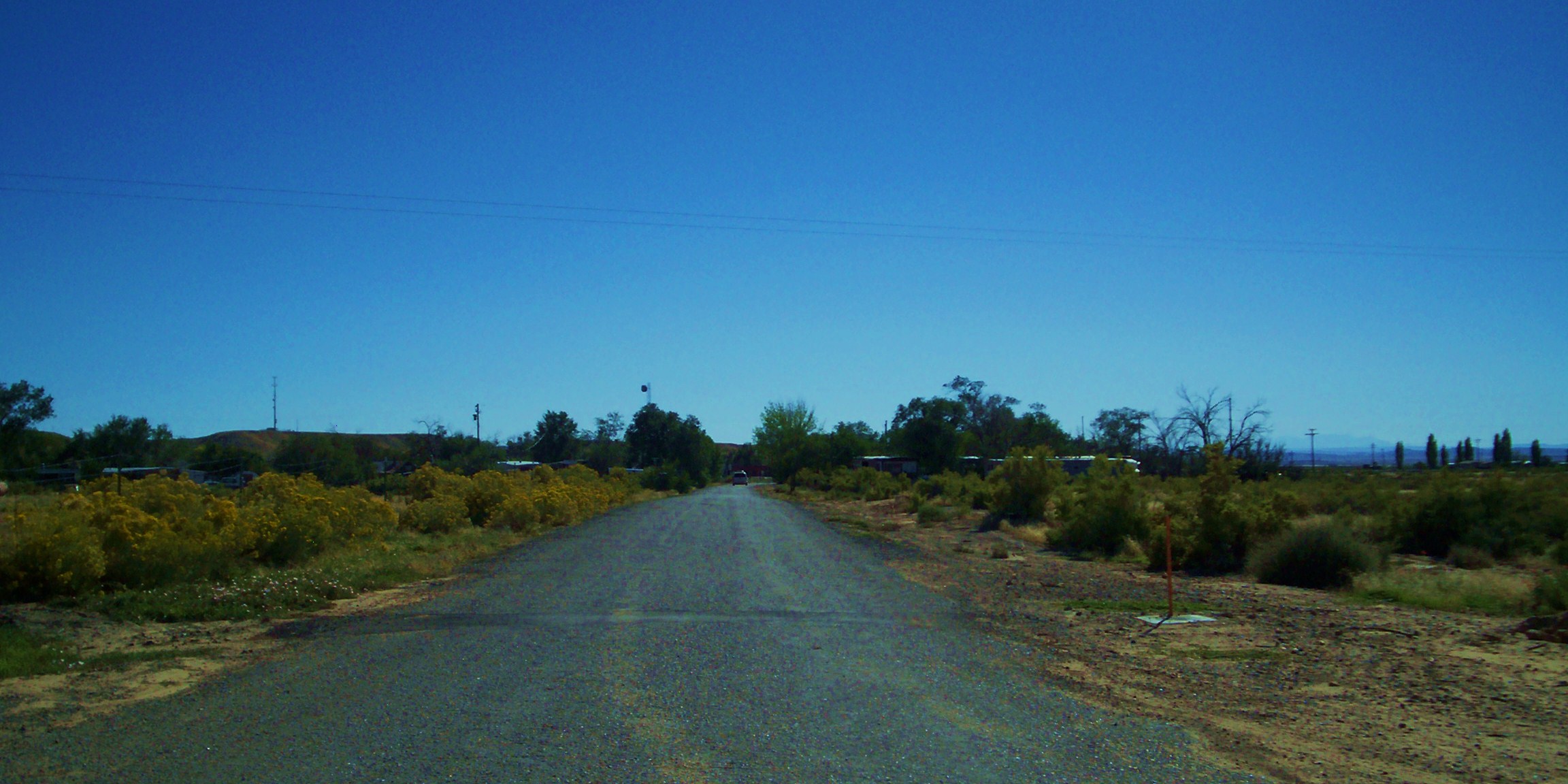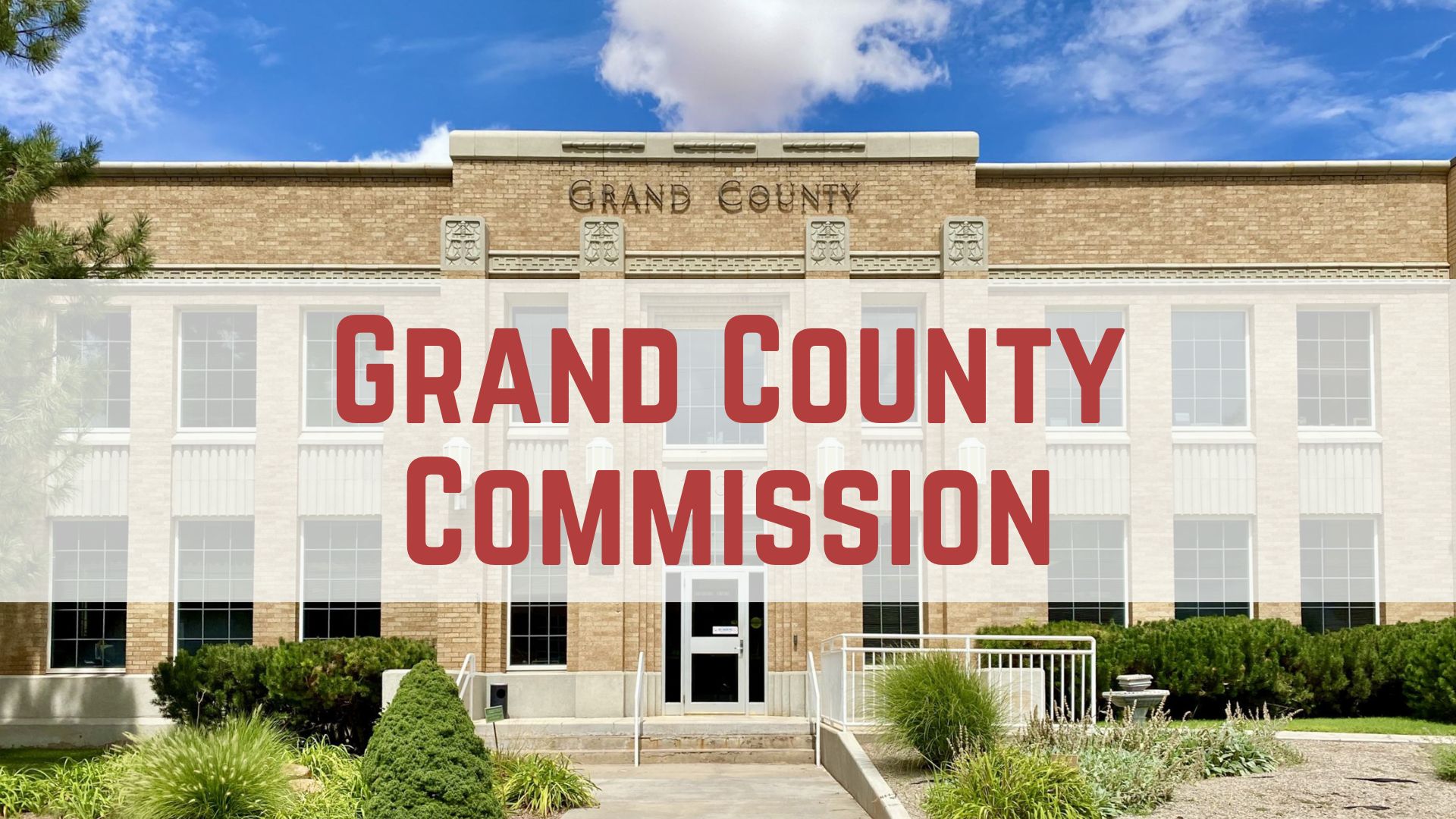Some information may be outdated.
John Corkery, chair of the Thompson Special Service Water District Board, attended the Feb. 7 Grand County Commission meeting to give an update on the district’s activities and the water situation in the small town of Thompson Springs.
The district, which is tasked with providing culinary water to residents, has been grappling with financial problems and legal issues. A recent water study also found that the town had a water deficit, though that deficit is likely only “on paper.”
A struggling service district
Corkery took on the role of board chair in 2021, stepping into a turbulent situation. The previous board had been dissolved and replaced.
“When I became chairman, there were a lot of problems with the TSSD,” Corkery said. “There were two parties in town that were fighting amongst each other and the TSSD was embroiled in a lawsuit right off the bat … there was also a water deficit.”
The district paid tens of thousands of dollars to cover legal fees and to settle the lawsuit, putting a dent in the district’s already vulnerable budget.
One weakness of the district’s budget is that it relies heavily on recurrent load-out sales—that is, people who buy water from the tank when they need it, rather than having a water hookup. These are often sporadic buyers—ranchers or construction contractors, who only need water during dry times or when they’re working on a project. Load-out sales aren’t a reliable, predictable revenue source for the district.
Water rates for existing customers were raised by 21% last year, but that doesn’t bring the district’s budget into the black. The district serves 31 residential customers, two gas stations, Utah Department of Transportation rest stops along Interstate 70, the Thompson Firehouse, the Union Pacific Railway, and the UMTRA Crescent Junction facility.
Inflation hasn’t helped the district, either.
The district’s options for addressing its financial problems are currently limited—since a 2021 study found that the town has a significant water deficit, the district has not been able to sell new hookups. The Grand County Commission had placed a moratorium, recently lifted, on any development in Thompson requiring new water hookups.
The study, conducted by contracted engineering company Sunrise Engineering, found a roughly 40% deficit. However, Corkery told the commission that the study used an unrealistically high number in calculating the town’s water needs and that calculations using numbers closer to actual usage show the town still has a surplus of water.
“We weren’t able to sell water, we were in a legal battle, and our budget was not balanced… we were basically in the red,” Corkery said.
While one legal issue has been resolved, Corkery noted that there is potential for another. Before the previous board was dissolved, it had sold 18 water hookups to customers. When the new board assembled and began work, the Grand County Commission had the board hold those 18 hookups pending the results of the Sunrise Engineering study. When that study came out showing a deficit and the commission imposed the development moratorium, the water board continued to hold back those 18 hookups.
“We did not release those water taps, but we still have the money for them,” Corkery said. In addition to that, there are Thompson residents who have meters and used to have active water accounts, and who want their taps turned back on. If the district turns those taps on, however, Corkery noted that would likely upset the buyers of those 18 taps. He described it as a “brewing legal situation.”
Potential solutions
“Since I became chairman, we’ve been working to work out these issues. And we have made some significant progress,” Corkery told the commission.
He listed possible ways to balance the district’s budget: they could increase customer rates again; increase load-out sales; or increase the number of water accounts, which he said would be the best option. That means the district would need to have enough water to safely sell more hookups, or “equivalent residential connections” (ERCs).
That might be more achievable than it sounds. Corkery explained that the Sunrise Engineering study calculated the town’s water needs based on an assumption of 1,700 gallons per day per ERC. They used such a high number to account for irrigation needs, but Corkery said there’s little large-scale irrigation going on in Thompson. The district’s measurements, based on monthly averages of meter readings, show that Thompson households use less than 500 gallons of water per day.
The state requires an ERC allotment of at least 800 gallons per day, but Utah has a “system-specific sizing program” through which water providers can apply to use a lower amount of water for each ERC. The Thompson Water District plans to apply to the Utah Division of Drinking Water for a reduced requirement per ERC. To justify its request, the district has to provide data from peak usage times, which will be in the summer months, so the request won’t be processed until later this year.
If the district can show the Division of Drinking Water that Thompson’s peak daily demand is less than the default amount for ERCs, it can lower the amount of water required for each connection and will have the capacity to sell more water taps.
“Which would enable us to get out of the water deficit and to sell more [ERCs]; and that would be a good thing for our budget and to solve some of these legal issues,” Corkery said.
Along with catching up on current demand, Corkery said the district hopes to increase its source capacity. That might happen through redevelopment of an old spring site, which used to be the town’s main source until it was contaminated in the 1980s and other springs further up the canyon were developed to supply Thompson’s water. The district is working to secure the necessary permits from the Bureau of Land Management to undertake that redevelopment.
The district is also considering drilling a well; studies would be needed to determine the feasibility of that approach.
There is also a possibility that Thompson could take over water rights and infrastructure from the Uranium Mill Tailings Remedial Action project. However, those assets wouldn’t be available for another five to 10 years, and expensive extensions would need to be built to bring the water all the way to Thompson.
“That would be expensive water, because we’d have to pipe it all the way from Green River,” Corkery said.
Another option is to reopen an old reservoir that’s not in use, to capture rainwater that could be used in a secondary water system for livestock, wildlife, and irrigation. Corkery said a lot of water flows down the Thompson Canyon wash every time there’s a rainstorm; if that water could be captured and stored, it could replace culinary water currently serving those purposes.
Corkery said a reservoir could also help mitigate flood damage. In a flash flood last year, a pipe was damaged and the water supply was contaminated. The district had to spend $40,000 to fix the damage.
Expanding the district’s source capacity would allow for the possibility of further growth in Thompson.
Corkery said he wants the district to act conservatively and transparently, but he also emphasized that the water situation in Thompson is not dire.
“The reality is that our source meter is showing that we’re producing 3.56 million gallons every month, on average, and the town is using about a million gallons,” Corkery said. “So even if our source were to decline over the next 20 years by half, by 50%, we would still be in an okay position.”
Appreciate the coverage? Help keep local news alive.
Chip in to support the Moab Sun News.





